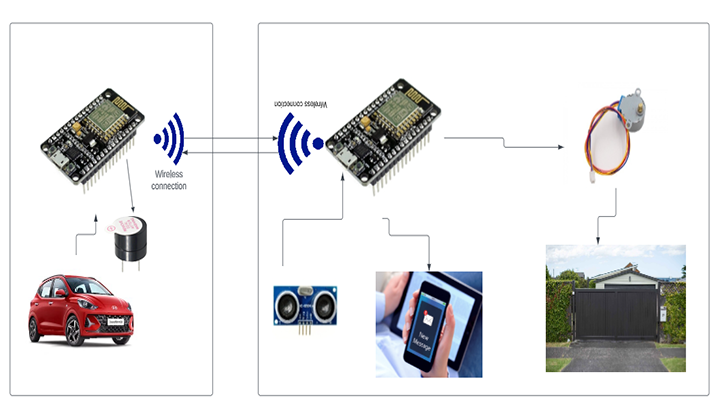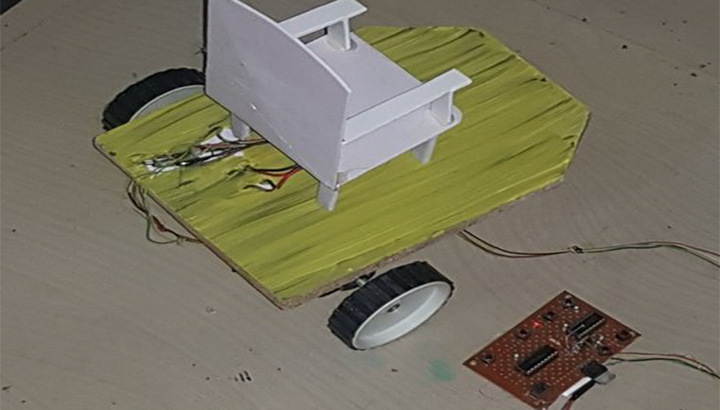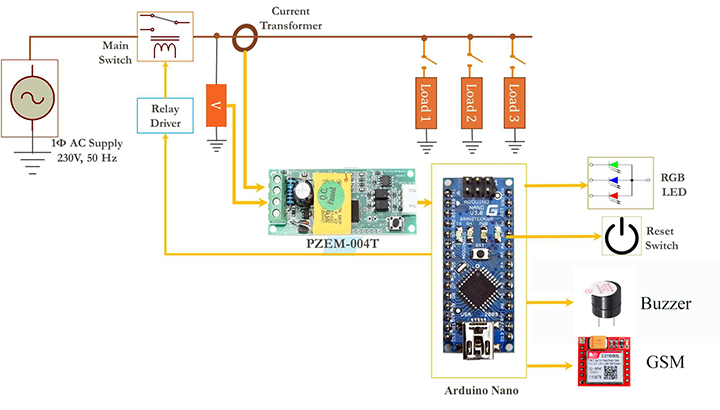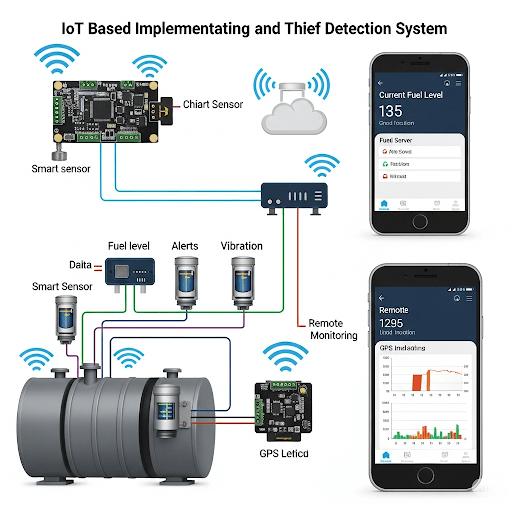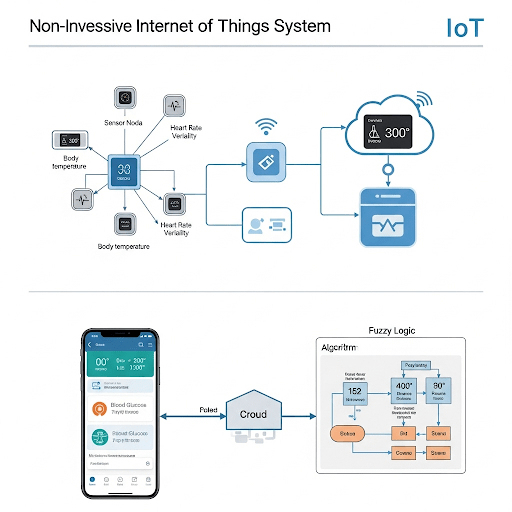Smart Noise Control System for Educational and Office Environments
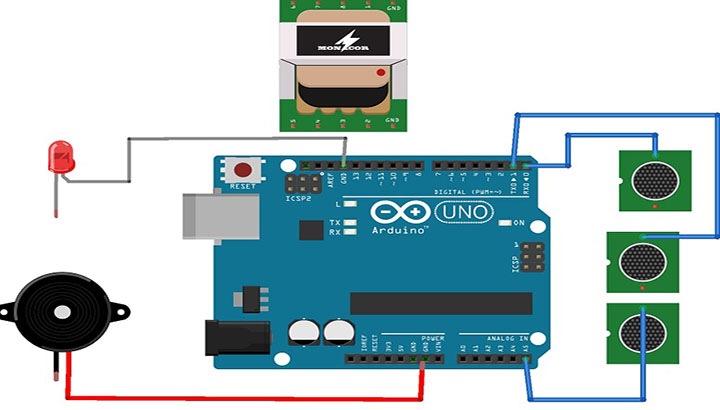
Noise pollution is a significant yet often overlooked environmental issue, impacting millions of people daily. Common health problems resulting from noise pollution include hearing loss, high blood pressure, heart diseases, sleep disturbances, stress, and headaches. The challenge in mitigating noise pollution lies in its detection and the subsequent silencing of the noise source, a task that is impractical to perform manually.
This project proposes an automatic noise pollution measurement and silencing system designed for use in environments such as schools, colleges, libraries, and offices. The system detects noise levels in real-time and automatically triggers alerts when the noise exceeds predefined thresholds, thereby facilitating noise control.
Key features of the system include:
- Automatic detection of noise levels.
- Real-time display of current noise levels.
- Automated alerts if noise levels exceed set thresholds.
- Customizable noise level settings based on specific requirements of the facility.
The system utilizes an array of microphones to accurately measure noise levels in three directions. An Arduino-based controller processes the noise data from these microphones continuously. Users can set the maximum allowed noise levels using the display and buttons on the device. When noise levels remain below the set threshold, the system status is indicated as green. If the noise exceeds the threshold, the system triggers a buzzer alert and displays a message, prompting individuals to reduce noise levels. The alert persists until the noise returns to acceptable levels, upon which the system reverts to green status.
While this project employs an Arduino controller, it can also be enhanced by using an ESP8266 module to send data online for remote monitoring and control. Alternatively, integrating a GSM module with the Arduino can enable SMS notifications for noise level alerts, further expanding the system's versatility and application in various settings.
This innovative solution provides an effective and automated approach to managing noise pollution, ensuring a quieter and healthier environment in various settings.
Related project idea for free
smart gate automatically operated based on iot
Traditional gate opening methods involve manual operation, often requiring users to exit their vehicles, which can be inconvenient and time-consuming. These methods are also vulnerable to security threats and lack automation capabilities. The "Smart Gate Automatic Operated based on IoT" project add...
Read more>>control wheel chair for disabled using bluetooth with arduino
This research, present the operation, construction, design and fabrication of the OFF-ROAD WHEELCHAIR OF DISABLED TOURIST. In general, for access to public buildings, it is frequently necessary to adapt older buildings with features such as ramps, elevators in order to allow access by wheelchair use...
Read more>>Two way communication smart meter for smart grid application
The project aims to design and prototype a two-way communication smart meter for smart grid applications using Arduino Uno, voltage sensor, relay, power supply, regulator, PCB, buzzer, and GSM module. The proposed system will monitor the voltage level of the power line and provide real-time informat...
Read more>>IOT based Implementation of fuel tank monitoring and thief detection system
This project presents the design, implementation and characterization of a hardware platform for Fuel Management System (FMS) for fuel carrying vehicles. The primary design goal is to devise a system capable of monitoring the fuel level in real time. This system is proposed for fuel carrying road...
Read more>>Design of a Non-invasive IOT-Based system for prediction and early detection of type 2diabetes using Fuzzy logic
Diabetes is a chronic, metabolic disease characterized by elevated levels of blood glucose, which leads over time to serious damage to the heart, blood vessels, eyes, kidneys, and nerves. The most common is Type 2 Diabetes Mellitus (T2DM), usually found in adults, which occurs when the body becom...
Read more>>
